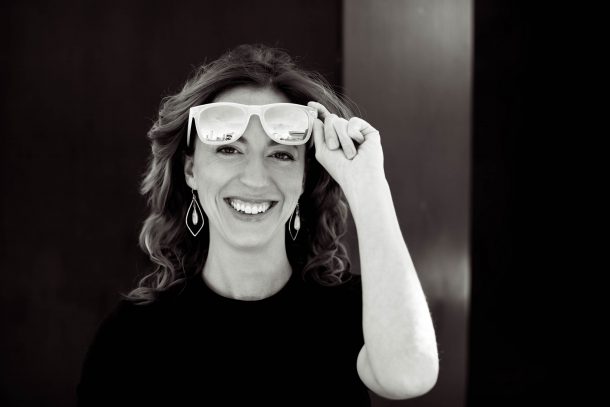I want them to close their eyes and imagine for a moment the actual physical experience. Picture it in their minds, imagine the feel of the book, the smell of the printed pages, the emotional upsurge of pride when they see their name on the front and their wisdom between the covers.If you’re on the creative journey of writing a book, I encourage you to do the same. Why is this so important? Because it tells you a few things — it helps you realize what it means to you to (finally) publish this book, and that in itself is enough to keep some authors going when the writing gets tough. It helps you realize there is an end to what seems like an endless project.
The bonus to this little exercise is that it brings clarity to a vital part of the process, especially if you’re planning to self-publish. Most first-time authors experience a lot of confusion and angst over whether to print their books or go exclusively e-book; whether to go paperback or hard cover; color or black and white; glossy or matte; whether to print just a few or go with that printer who tells you that you need to order a minimum of 1000 printed books. It can be confusing, right up until that moment when you picture what your book will look like.
Here’s an example. One client told me that she loves hard cover books, and when she pictured her book she was very clear that it was going to be hard cover with a jacket. She thought that meant she would have to go with a printer who requires a minimum order of 1000 books, (which means she’d be paying at least $4000 or more to print her book). That answers that, right?
Nope. Here’s the other realization she had: That doesn’t mean she needs to order 1000 hardback books. She realized it’s important to her to have a hardcover copy of her book and to have a few available to give away to clients or friends and family, but she was fine with the idea of her book being largely available in paperback.
That means she’s free to find a printer who will print the exact number she wants and to use KDP (Amazon’s book creation service) for on-demand paperback printing. She just saved herself thousands of dollars with that visualization.
Another client realized he wasn’t particular at all about what it looked like in his hands — he much preferred the idea of having readers order the e-book to avoid using the paper (and trees) that goes into printing books. For those who needed physical books, he would make it available through KDP.
So, take the time to imagine what your book will look like when it’s done. It’s not just about visualizing the finish line; it’s about realizing what you need (and don’t need) to realize your dream of writing a book, and saving vital resources along the way.


